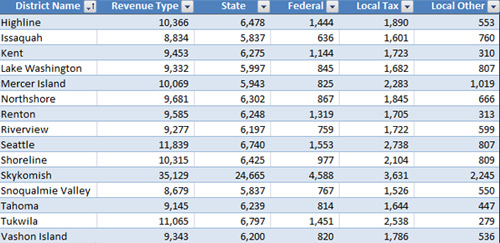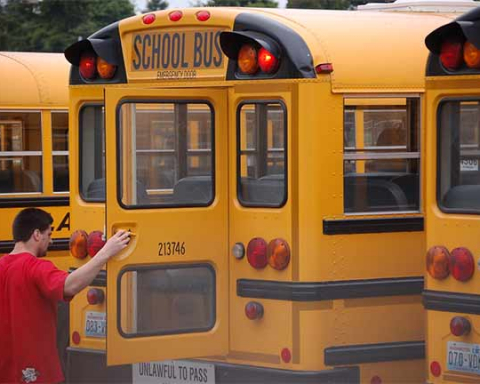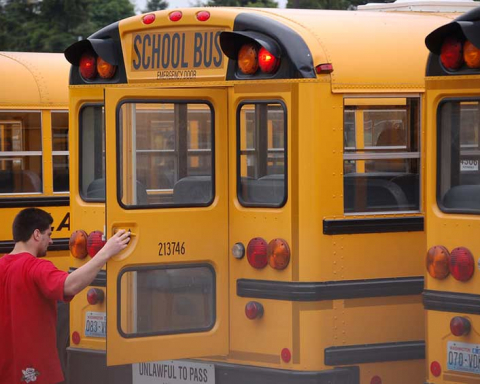There is one thing every adult and parent can agree on and that is a solid education. We all want our kids to be well educated and eventually have a great life (and career). Teachers should be paid well and be accountable for increasing student education with documented progress. I truly believe Teachers want the best out of each and every student. Teachers understand this type of career may not pay well initially and it’s really about the children. By the way, the average Teacher salary in Washington State is $54,000 per year and Teachers work 10 months out the year. This doesn’t included the over inflated wages to upper management like Seattle’s recent firing of Superintendent Maria Goodloe-Johnson and Don Kennedy.
As the television, public protesters, and newspapers continue to strike fear in the general public with the constant “loss of funds for student education services” and “it’s just hurting our kids” – do they truly understand the bad revenue management happening inside our Washington Public Schools? Is the problem with the Teachers (salaries, student to teacher ratio) or bad revenue management (hiring, salaries paid, distribution of funding) ?
Here is some data I pulled recently from the official Washington State of Education website. It will tell us the total revenue (per student) in King County.

Let me remind you these numbers are revenue per student in king county schools. If you’re student goes to one of the Seattle Public Schools, they are making $11,839 per year for that one student (special education students get more). Lets assume a basic class size of 25 students (more usually) that means that specific class room is generating $295,975 per year (less Teacher salary).
In 2008-2009 school year for just King County they generated $2,487,794,891 dollars in revenue (yes, that is billions).
In the 2010-2011 school year for just King County they are expecting a 24.6 million dollar loss.
There are of course expenses per student that need to be recognized. We have building expenses, repairs, transportation costs, office supplies (limited), and upper management (who manage and are not teachers per si). However, if each class room generates over $200,000 per year in net revenue (already subtracted $95,957 figuring the teacher salary, supplies, and transportation for each classroom/students) where does the rest really get allocated? You know we have A LOT of classrooms. It certainly doesn’t cost $200,000 to keep the electricity and heating turned on for that classroom. Bus transportation for classroom students (a typical bus load) isn’t that much plus many students provide their own transportation and some bus routes have been cut already. Students bring their own food or buy their own food (which pays the food staff and food expenses). We all know the Teachers don’t get much of anything regarding supplies for their rooms. Many Teachers just buy their own classroom supplies.
The problem with Washington Public Schools is bad revenue management. It’s not about cutting programs, students/classes (that generate revenue), or Teachers (who are paid enough based on classroom student/teacher revenue ratios). We must correct how revenue is distributed and wasted in our Washington Public Schools. The root of our school problems are with the methods we waste revenue and over inflated wages with upper management. It has little to do with school programs, students, or Teachers.
You be the judge.








Found this info very interesting. I am trying to find out how much the schools received for every “special ed” student they have. I live in the Yakima area